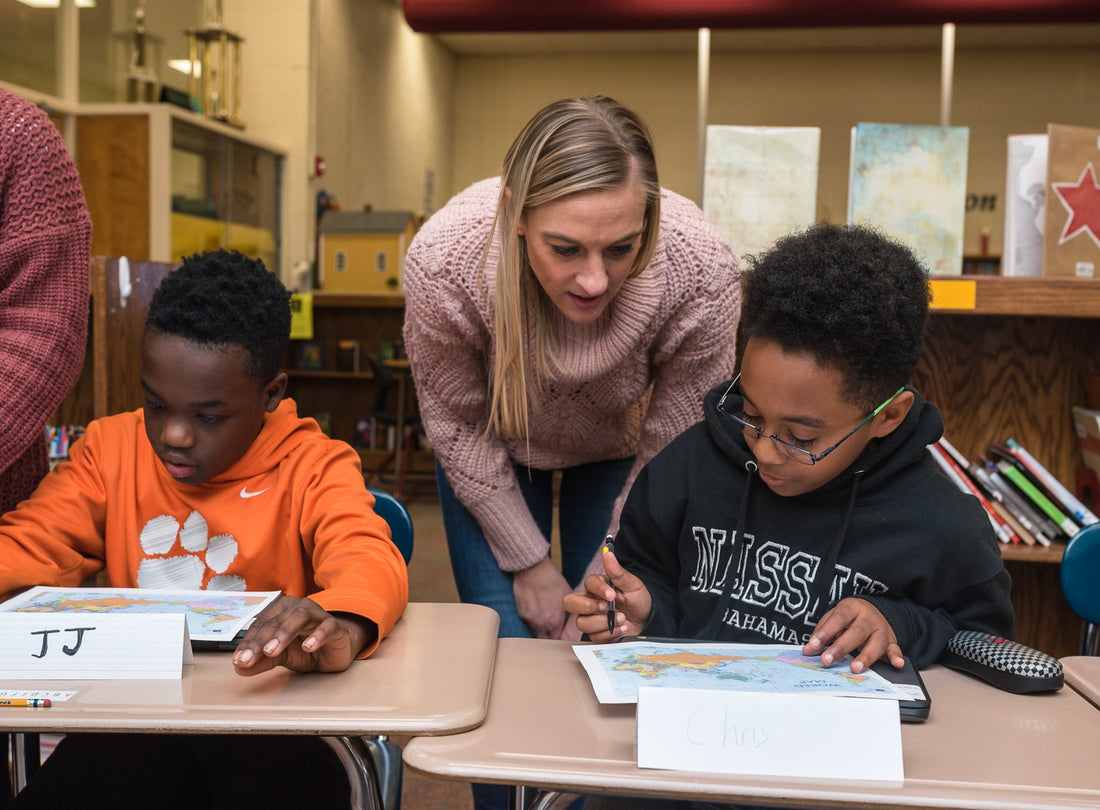
Paideia Project
The Paideia Project is a unit of study, centered on ideas and values, that leads to a student production or performance. It is the culmination of classroom practice in a Paideia School because it fully integrates all Three Columns of Instruction into a seamless whole and does so in a way that renders the curriculum both authentic and compelling.
Throughout Project work, students engage in curricular study by learning information, practicing skills, and deepening their understanding of concepts. The Project culminates in a production wherein students demonstrate mastery of a subject to an audience outside the classroom. In this way, the project audience connects student work with curricular priorities and real-world issues or problems. For this reason, the Project teaches the habit of action that should flow out of reflection and discussion.
Features of a Paideia Project

Although the Paideia Project is like other kinds of classroom project work, its distinguishing features are the use of Paideia Seminar dialogue to foster conceptual understanding of the issues involved and the focus on production for an authentic audience. These important qualities create a compelling sense of quality control. In addition, almost all fully realized Projects feature rigorous group production rather than individual competition.
The most successful Paideia Projects are often the result of several years of planning, implementation, and revision, but this effort grows directly out of the use of all Three Columns of Instruction in the Paideia Classroom and is a natural extension of that work on the part of teachers and students.
Finally, the Paideia Project creates the environment for both rigor and equity to flourish because it inspires, and rewards, the best work of all students. It embodies the philosophy of the Paideia School for Creative Thinking as incubators wherein all students learn to Think, Discuss, and Act—our core 21st century skills—in response to the challenges of contemporary life.
